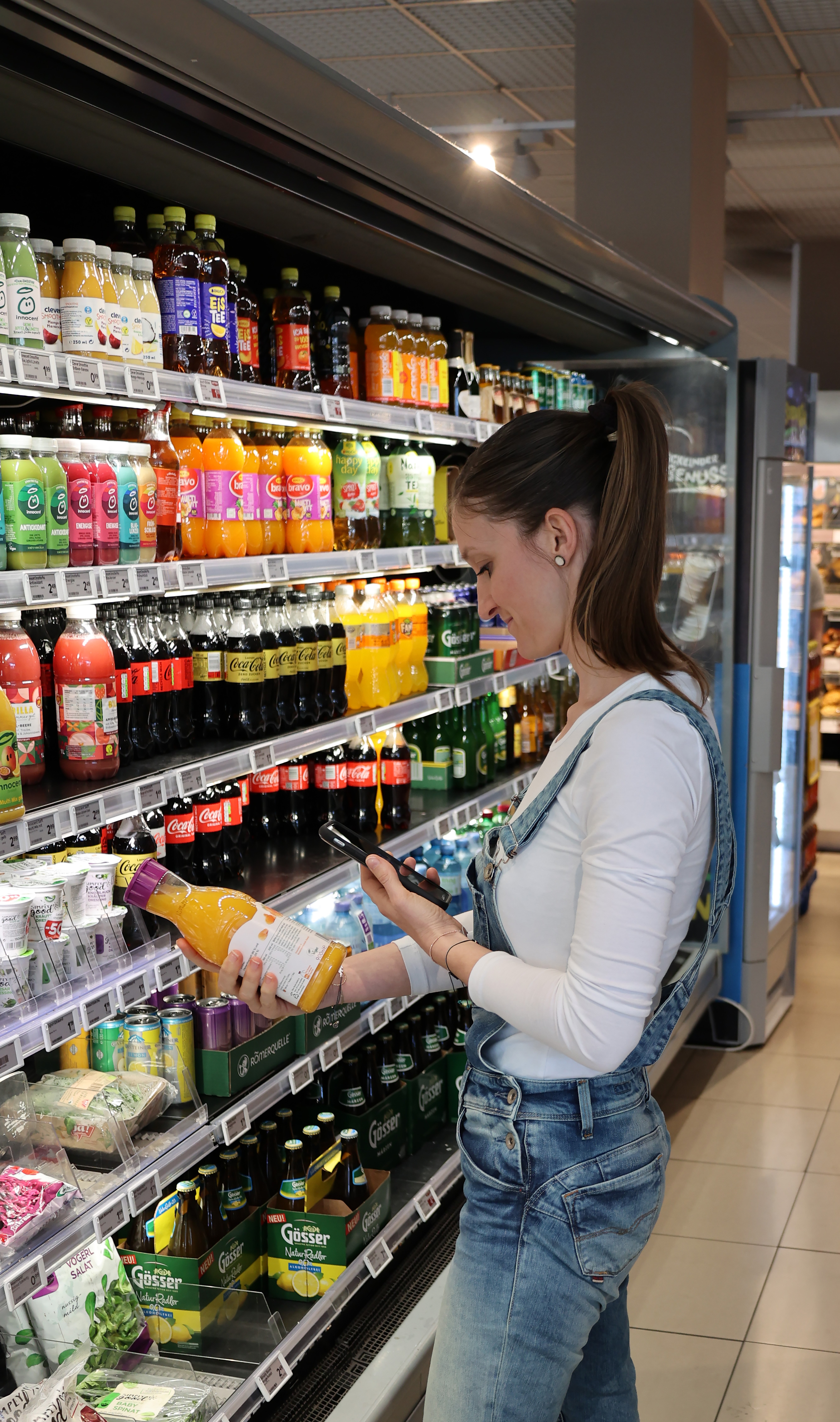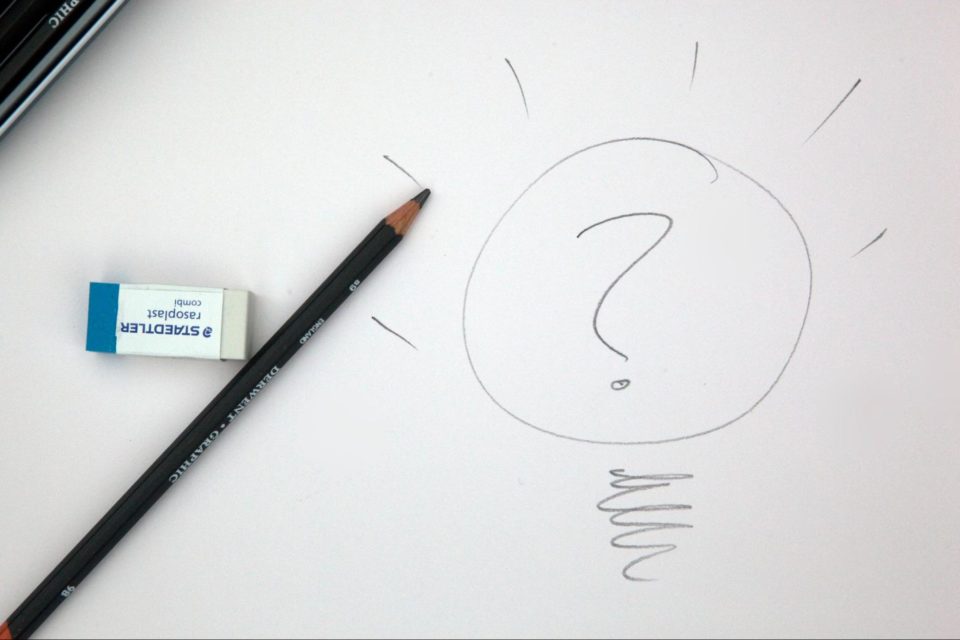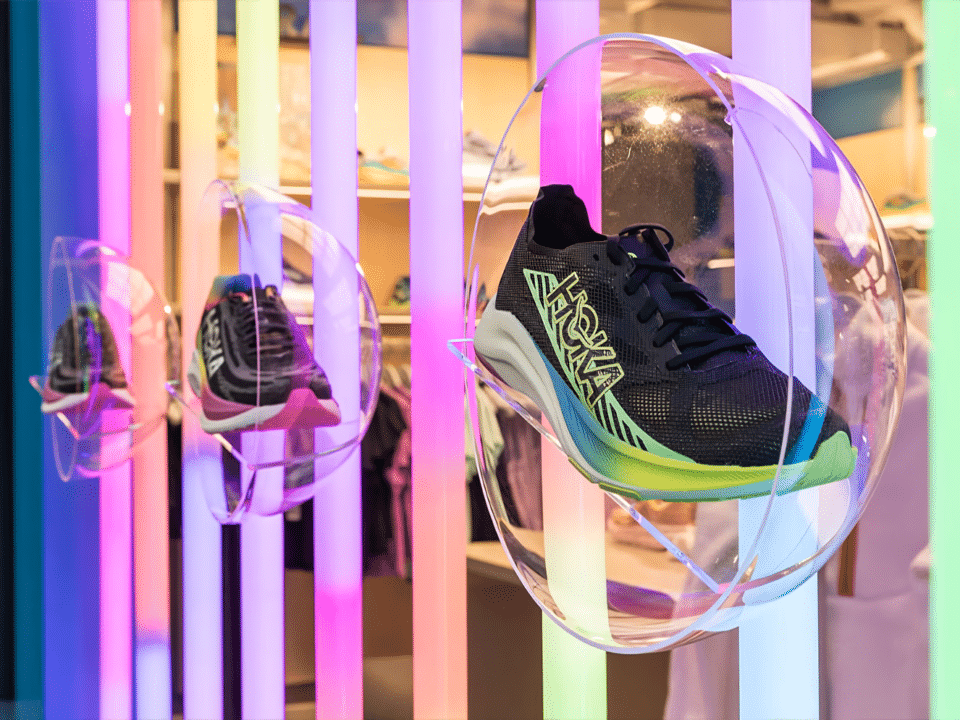How to run a smarter store

What makes a smart store?
For customers a smart store might be one with lots of digital elements – touchscreens, digital advertising, virtual reality, augmented reality, smart fitting rooms and mirrors, voice ordering and so on. But for retailers a truly smart store is a store that uses internal and external data, and customer information to sell more.
This might be by making recommendations or by automatically triggering certain actions or events. A smart store uses data and analytics in much the same way as an online retailer. And it continues to learn and improve based on past actions and new data inputs.
Here are three key areas for getting started in running a smarter store:

Photo by Gili Benita on Unsplash
Managing external influences
How much do external forces impact your sales? Could you use outside information to better operate your store?
Your store isn’t immune to the forces of the outside world. If it’s raining then customers may want to buy umbrellas. If it’s sunny they may start to think about holidays and buy sunglasses, sun cream and more. If your store is located near a major tourist attraction then that might exert some influence on sales compared to if it was elsewhere.
Smart stores gather this outside information and use it to maximise how attractive the store is to potential customers. IBM offers retail solutions that use insights about weather, location, local events and more to advise store managers on their marketing activities. For example pushing products that complement the weather or a major local event.
Boldmind is doing something similar but its real-time info means that you can change your strategy on the fly. If an optician’s stores are seeing a lot of sun on a given day then they can be prompted to switch over their digital advertising to sunglasses. The system can even be programmed to make the change automatically.
By tapping into what’s happening outside your doors and using that information to adjust how you position your stores to customers you can reap the benefits in sales.
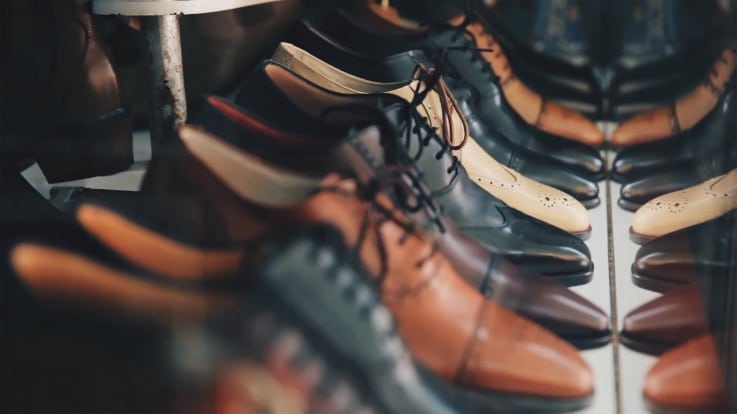
Photo by Dương Trần Quốc on Unsplash
Inventory
Imagine if you never had a product that went out of stock? Or that you never over-ordered on an item? What could you do if you accurately knew the inventory of every single store?
The smartest stores know exactly what is on the shelves and in the back. They can account for all inventory and help maintain correct stock levels.
Smart shelves aren’t just helping ensure price accuracy by using digital price tags, they’re also changing the way stores track what’s in stock. Sensors in the shelf can track when products are picked up, or put back, and therefore tell when a certain product is out-of-stock or running low. It’s a similar principle to the new no-checkout Amazon Go concept.
RFID is another way that retailers are gathering this information. The shoe department in Saks’ Fifth Avenue store is one of the best-known examples of this, with the store using RFID to tag and stock-check up to 4,000 shoes every day. Companies like River Island are using RFID to achieve 97% stock accuracy and trigger replenishment when stock is running low.
Retailers are also improving their inventory information by using robots, such as Simbe Robotics’ Tally, to count the items on the shelves. This dramatically reduces the amount of time that it takes to check stock levels and gives the store a highly accurate overview of what is available. Out-of-stock or low-stock items are flagged up, which means the store can reorder with little to no loss of sales opportunities. Staff are also alerted to incorrectly priced or wrongly placed items.
This smart inventory management has huge implications for stores as it can help to reduce wastage, in terms of cost and product, further up the supply chain. There’s no need to order in more than you need of a product. Instead you can make better use of stock you have right across your retail chain.
If you want to discontinue a range then the store can use this historical data to identify what is selling poorly. Or if you have a massive overstock it might suggest that you put a certain item on sale.
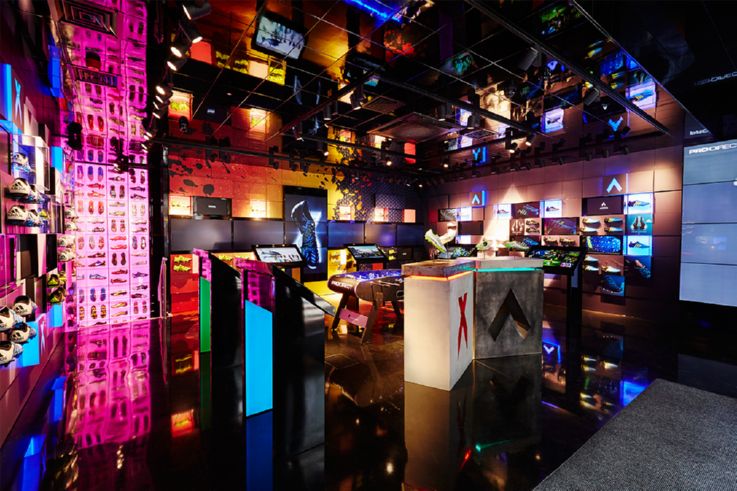
Aesthetics
What if your store could change its look and feel based on the demographic of the customers inside it? What is every advert could be tailored to the person looking at it? What if your store design and visual merchandising reflected how your customers used the space?
Many retailers are already collecting and analysing data about their stores, such as footfall and dwell time. A truly smart store would be able to take this information and use it to recommend where to place products for maximum sales.
If you have a seldom visited corner of the store then you don’t want to set up your new promotional display there. Or if you can see that a certain customer demographic typically follows the same path around the store then you can tailor the layout and visual merchandising to them.
The Pro:Direct store in London is able to change its aesthetic through the use of magnetic wall panels and digital screens. It’s not hard to imagine this being an automatic process in the future. For example if the store detected that there was a certain customer demographic in then it could trigger a certain colour scheme or piece of digital content.
In much the same way, some stores now have digital advertising screens that are smart enough to tailor what they show to a particular customer. This might be via facial recognition or based on the products that they interact with. This means that in-store experience always feels different to the customer. The store can also take information on how a customer responds to advertising to determine what’s working and what to show them next.
The physical environment is one area where stores still have a massive edge over online shopping. Smart stores will enhance this by using data to improve layouts, promotions, advertising and merchandising that attracts and engages.

Photo by Crew on Unsplash
Multiple benefits
Where the smart store really comes into its own is with the combination of all of these things. If the store can accurately pull information on the weather then it may recommend that you put certain seasonal items on sale now because you have excess stock.
Having an almost real-time overview of inventory across all stores means you can offer better customer experiences like shipping an out-of-stock item in from another store. Knowing that there’s a local event on means the store might recommend you place certain products in prominent locations around the store.
Retail has made a lot of progress with the collection of data about stores and customers. The smart stores of the future will feed off this. They will use artificial intelligence to learn from the information to make the best recommendations for driving more sales in real-time. They will identify patterns in behaviour and use that to suggest actions that tap into that.
New technologies like beacons and virtual reality have their part to play, but they’re much like the interior and paint job of a new car. They help provide a nice environment and pleasant experience, but it’s what’s happening under the hood that actually determines where you get to. And the stores of the future will have a lot of horsepower.
Find out who some of the key players are in smart retail’s future with our list of the top 50 retail tech startups. Want insider insights on the latest retail trends? Get in touch to book one of our New York retail safaris and find out how to boost your business.

